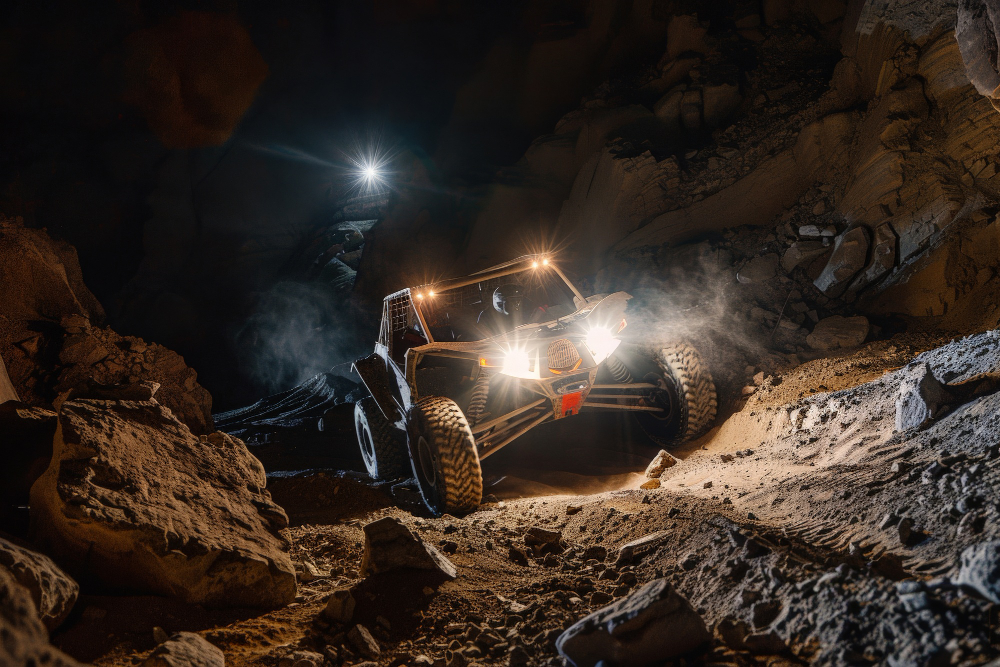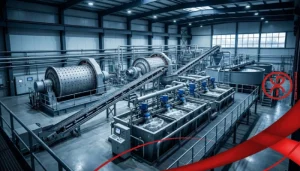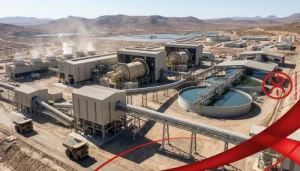Mining balls come in a variety of types, including grinding balls, steel grinding balls, forged steel grinding balls, and rolled grinding balls.
They are essential elements within the mining sector. These robust, meticulously engineered spheres are crucial for pulverizing and milling raw materials, aiding in the effective processing of materials and the extraction of resources.
In this detailed article, we will explore the array of mining balls available, examine how they are made, discuss their characteristics, consider their uses, and look ahead to what the future holds for these vital components of the mining industry.
Diverse Types of Mining Balls
In energy generation facilities, mining balls—particularly steel grinding balls—are integral in the coal milling process, transforming solid fuel Into a fine dust to facilitate effective burning.
Chemical and Processing Sectors:
These sectors depend on mining balls for the milling of diverse substances, attaining the required particle dimensions for specific uses, such as In chemical manufacturing and material refinement.
Prospects for Mining Balls:
The production of mining balls is progressing to address shifting industry requirements and .
Innovative Materials:
Continual research is dedicated to creating new steel alloys with improved attributes like hardness, abrasion resistance, and overall efficacy, which could extend the service life of mining balls.
Eco-Friendly Practices:
Producers are adopting greener methods to lessen energy use and emissions in the production process. They are also investigating more sustainable materials for the creation of mining balls.
Digitalization and Precision Control:
The adoption of digital tech and automated systems in production guarantees uniform quality control and exact size accuracy for mining balls, boosting their performance and dependability.
To sum up, mining balls, including grinding balls, steel grinding balls, forged steel grinding balls, and rolled grinding balls, are fundamental to material processing across various industries. Their remarkable qualities, manufacturing accuracy, and ability to adapt to changing industry demands secure their ongoing significance in mining and related fields. With continuous improvements, the future of mining balls looks bright, with enhanced efficiency, sustainability, and performance in global material processing operations.
industrial crushing machine
Industrial crushing machines are specialized devices designed to decrease the size or alter the form of raw or waste materials, facilitating easier disposal or recycling. These machines are available in several types, such as crushers, shredders, and grinders.
Crushers apply mechanical pressure to break down large materials into smaller fragments. They are versatile, capable of crushing a range of materials like rocks, ores, and construction debris. Common types of crushers include jaw crushers, cone crushers, and impact crushers, each widely used in industrial settings.
Shredders employ rotating blades or teeth to dismantle materials. They are frequently utilized for shredding recyclable items like paper, cardboard, and plastics.
Grinders use abrasive forces to diminish material sizes, grinding substances such as grains, plastics, and minerals. Industrial grinders include hammer mills, ball mills, and attrition mills.
These crushing machines serve critical functions across various sectors, including mining, construction, and recycling. They are integral to numerous manufacturing workflows and significantly contribute to minimizing the environmental footprint of industrial operations.
How to increase the output of stone milling machine?
To enhance the milling process, consider the following steps:
Modulate the feed rate to ensure a steady and optimal grain flow through the machinery
Utilize grains of high quality that are well-dried and devoid of extraneous substances and detritus.
Maintain the millstones In sharp condition and properly dressed to boost milling efficiency.
Regularly inspect the machinery for signs of wear and perform routine maintenance to preserve its operational state.
Consider installing an additional set of millstones or enlarging the current ones to augment the milling capacity.
Integrate a sifter or similar apparatus to segregate the milled flour from the bran and other residuals, thereby enhancing the overall efficiency of the milling operation.
How to increase is of the output of cement mill?
To boost the productivity of a cement mill, consider the following strategies:
Accelerate the mill’s rotation speed to enhance its grinding capacity.
Enlarge the grinding media; bigger media will process more material.
Extend the material’s dwell time within the mill by either lengthening the mill or slowing down the separator.
Enhance grinding efficiency by adopting a more effective system, like a roller press or vertical roller mill.
Refine the material feed with a more precise and accurate system.
Conduct regular maintenance and replace parts that are worn out.
Employ grinding aids to improve the grinding process’s efficiency.
It’s crucial to recognize that increasing the mill’s output might lead to higher energy consumption. Therefore, it’s essential to balance productivity gains with energy efficiency. A thorough assessment of all aspects is necessary to identify the most effective method.
how to remove the roller of vertical roller mill
To safely remove the roller from a vertical roller mill, follow these steps:
Power down the milland disconnect it from its electrical source.Lock out and tag outthe mill to prevent accidental activation during maintenance.
Dismantle any protective guardsor barriers around the roller.Depending on the mill’s design, you might need toremove additional partslike the grinding table or the dam ring for roller access.With the roller exposed,employ a hydraulic jackor another lifting mechanism to carefully extract it from the mill.
Exercise caution and adhere to proper lifting techniques to prevent injuries.Once the roller is out,examine it for damage or wearand proceed with the necessary repairs or replacements.
Note that the exact removal procedure maydiffer based on the mill’s model and manufacturer.





